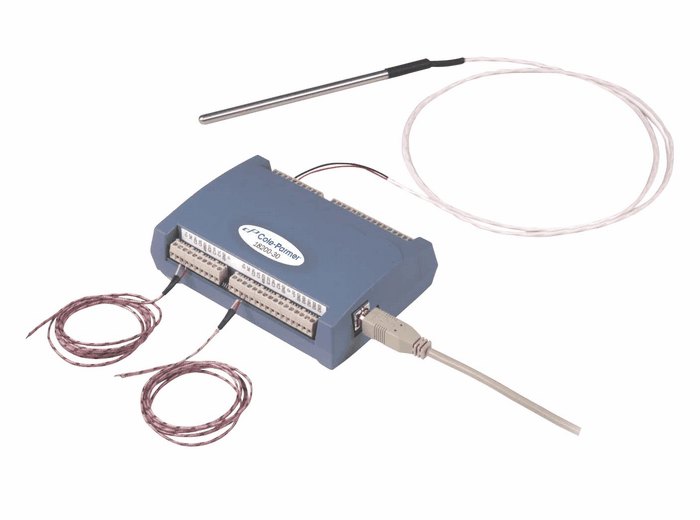Certainly the grade of the egg impacts its "quality"; however, there are many other conditions. Eggs are graded as a freshly laid egg. This freshly
laid egg may be a AA or even a C graded egg to start with. However, all eggs will begin to deteriorate upon storage. The question and problem is to
minimize storage losses. Storage in a room where temperature is maintained slightly above the freezing point [-2C; 28F) of eggs and humidity of 90%
will maintain quality of eggs for several weeks. As temperature and/or humidity increases, the storage time will decrease. The following table
indicates changes with storage and possible reasons for the change.
Change in Egg: Increase in pH
Reason For This Change: Carbon dioxide diffuses out of the egg. This may cause a rise from the fresh egg pH of 7.9 to as much as 9.3
in the white. The pH of the yolk is initially around 6.2 with little rise in pH. The carbon dioxide, a product of the metabolic pathways in the
chicken, forms carbonic acid and bicarbonate buffers. These no longer exist when it diffuses out. |













 (Ei is the German word
for egg pronounced the same as eye). Ar (little ar)
(Ei is the German word
for egg pronounced the same as eye). Ar (little ar)  .
.